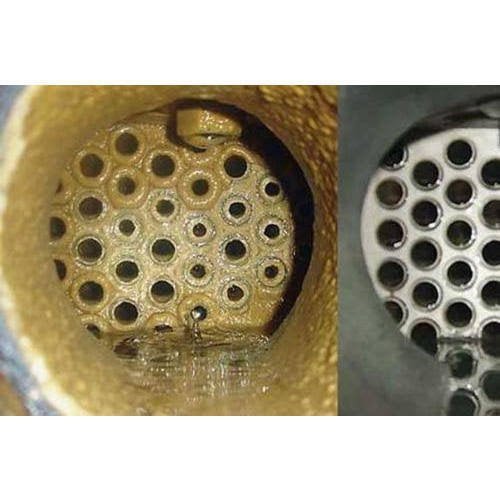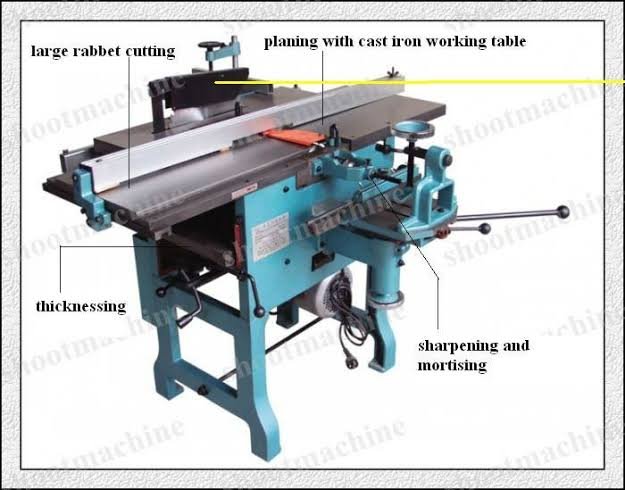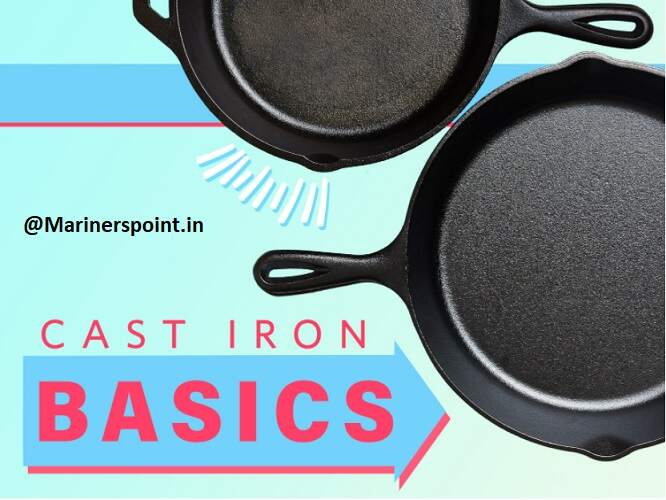What is Boiler Corrosion / Corrosion in Boiler ?
Boiler corrosion is degradation of boiler and it’s metal by electrochemical reaction or by pitting action of dissolved oxygen in boiler water.

What are boiler corrosion causes ?
- Dissolved oxygen in boiler water.
- Presence of corrosive gases such as Oxygen (O2), Carbon Dioxide (CO2), Hydrogen Sulphide (H2S) in the boiler water
- Sludges of bicarbonate and carbonate
- Low PH
- Low feed water temperature
- Acidity imparted to water due to decomposition of Carbon Dioxide (CO2) or Hydrogen Sulphide (H2S)
7.Dissolved solids
What are boiler corrosion effects ?
1.Lost efficiency
2.Shorter system lifespan
3.Higher Costs maintenance
4.Holes
5.Pitting
6.Pin point penetration of metal
7.Rusting of ferrous metal
How to prevent corrosion of Boiler ?
1. Eliminating corrosive gases
2. Removal of dissolved oxygen
3. High PH value of boiler water
4. Mechanical deaeration of boiler water
5. Higher feed water temperature i.e. reduces its oxygen content.
6. Chemical de-oxygenation by use of oxygen scavengers i.e. sodium sulphite
7. Hot condensate return as it contains less O2 then feed water and also saves fuel.
Purpose of Boiler water treatment
The main purpose of boiler water treatment is to have a scale free and corrosion free boiler internals.
To prevent corrosion in boilers the boiler tubes needed to be passivated. Corrosion occurs when such passivated layer of magnetite becomes unstable or when chemicals are allowed to come between it and the base metal.
What is corrosion?
Some important terms related corrosion.
Oxidation: it is the chemical process by which metals gives up electrons.
Reduction: it is the gain of electrons in a chemical reaction. It is also known as redox. It is the opposite of oxidation.
Cathode: The cathode of a device is the terminal where current flows out..
Anode: An anode is the electrode in a polarized electrical device through which current flows in from an outside circuit.
IONS:- Ions are the charged particles of substances. Ions are of two types
– Positive Ions
– Negative Ions
CHEMICAL COMPOSITION OF Boiler feed WATER:
pH elaboration is power of hydrogen. It is defined as the reciprocal logarithm of hydrogen ion concentration in water.
We know, water is the composition of hydrogen and oxygen. When it ionises splits into OH- & H+.
1liter water contains 10-14gm ions at 25 degree C. At neutral condition it contains 10-7gm H+& 10-7 gm OH- ions.
If OH- ion concentration increases it becomes alkaline.
If H+ ion concentration increases it becomes acidic :
The pH value is influenced by temperature.
pH value can be changed by chemical dosing.
Corrosion of boiler metal:
- It is an electrochemical reaction of iron where corrosion occurs at cathode as the boiler metal oxidizes and dissolves.
- This metal is extracted from the natural ore by reduction process in the refiner. This metal has natural tendency to go back to its natural state through oxidation and interaction with suitable environment. This natural tendency is the driving force of corrosion.
- It is the general tendency of metals to be oxidized. Corrosion is a reduction/redox reaction.
- Corrosion occurs at the anode, where metal oxidizes and dissolves.
- At cathode, reduction takes place
- Reaction at anode: At anode Iron is oxidized to Fe++ , ferrous ion , Fe = Fe2+ + 2e¯
- Reaction at cathode: O2 gets reduced to OH- ions at cathode, Fe2++ ions are combining with OH- ions to form Fe(OH)2, ferrous hydroxide, Fe2+ + 2OH¯ = Fe(OH)2.
If the boiler water is properly alkalized and does not contain dissolves oxygen the H atoms will form a stable layer on the metal surface. In still water the ferrous hydroxide will create a protective layer of magnetite and no further corrosion will take place.
What is magnetite layer in boiler?
Magnetite is an iron oxide, [Fe3O4]. It deposits in the form of thin layer on boiler steel surface and passivate the surface and thus it resists the influence of water and contaminants to further react with the steel material.
Magnetite is formed on clean, pickled steel by two reactions:
1. Electro chemical reaction that takes place as follows:
3Fe (OH)2 = Fe3 O4 + H2 + 2H2O
The iron hydroxide is initially produced by reaction between iron and water. The reactions start around 100C and increase as the temperature increases.
2. Hot oxidizing reaction when magnetite is formed directly at temperatures 300 C or approximately at 30 bar boiler pressure. The reaction follows this route:
3Fe + 4H2O ( 300C+) = Fe3 O4 + 4H2
Types of Boiler Corrosion
a. Galvanic corrosion
b. Acidic corrosion
c. Caustic corrosion
d. Hydrogen corrosion
e. Stress Corrosion
f. Corrosion fatigue
g. Pitting corrosion
Galvanic corrosion:
We all know it needs two dissimilar materials to create a galvanic cell. Boiler tube material is steel. Then how the galvanic cell forms?
Boiler condenser tubes are made of copper and boiler tube material is made of steel. Copper may react with oxygen and may be carried as copper oxides inside the boiler. This two dissimilar materials are mainly responsible for galvanic corrosion.
Galvanic cells also form due to temperature difference, scales, salts, bacteria, oil contamination, conductivity, scratches in the material etc.
Acidic corrosion:
Acidic water has an excess of hydrogen ions which leads to hydrogen evolution. The Protective film of hydrogen gas on the cathodic surface breaks down as the hydrogen combines and bubbles off as diatomic hydrogen gas.
Acid corrosion may also occur due to heavy salt water contamination or by acids leaching into the system from demineralisation regeneration.
Oxygen: We know at cathode, Fe2++ ions are combining with OH- ions to form Fe(OH)2, ferrous hydroxide, Fe2+ + 2OH¯ = Fe(OH)2
If oxygen is present it will react with ferrous metal surface to form red iron oxide F2O3 result in pitting corrosion
The ferrous hydroxide then combines with oxygen and water to produce ferric hydroxide, Fe (OH) 3, 4 Fe (OH) 2 + O2 + 2 H2O –> 4 Fe (OH)3.
Ferric hydroxide dehydrates to rust,
F2O3, Fe (OH)3 ⇌ FeO(OH) + H2O . FeO (OH) ⇌ F2O3 + H2O.
Rust consists of hydrated iron (III) oxide, F2O3·nH2O and iron ( III) oxide – hydroxide ,(FeO(OH), Fe(OH)3).
CO2: React with water to form carbonic acid, which reduce the pH of the water and accelerate corrosion
Ammonia: Attack the copper base alloy in the present of oxygen
Hydrogen attack:
Hydrogen irons are generated by concentration of acid under a hard dense deposit. It can penetrate the grain boundary of tube metal and react with carbon and produces methane gas. This carbon loss weakens the tube metal and methane gas exerts a pressure which separates the grains of tube.
Hydrogen attack can also occur when hydrogen is released by caustic corrosion.
Caustic corrosion:
Caustic: Caustic is the other form of solid alkali added to the boiler
Caustic corrosion (gouging) occurs when caustic is concentrated and dissolves the protective magnetite (Fe3O4) layer.
This form of attack can take place at high pressures due to excessive concentrations of sodium hydroxide. The sodium hydroxide forms local concentrations nearly coming out of solution and forming thin film close to the heating surface. This breaks down the magnetite layer and then reacts with the steel to produce a soluble compound which then deposits on the surface in the form of a layer of loose porous oxide.
Corrosion fatigue:
While high temperature surface suffers from poor circulation of water and the surface is under stress it may form a series of f line cracks in the wall. Corrosive conditions aggravate the condition.
Stress Corrosion:
It needs two factors to act together which leads to stress corrosion.
– Stress
– Corrosive environment
Due to corrosive action protective layer may break down and form a local weak point. If this area is subjected to heavy alternating stress fatigue crack may result. The bare metal will then be subjected to further corrosive action causing the process to continue. Mechanical stress of boiler parts may be due to mal-operation of the boiler, raising steam too rapidly from cold, missing or poorly connected internal feed pipes, fluctuating feed temperature and steaming conditions.
Pitting corrosion:
Corrosion is mainly a local corrosion. It needs relatively a large cathodic area and a small anodic area. Hence the intensity of attack at the anode is high. Large area differences could be caused by mill scale, oxide films, acid pockets of water, scale from salts, pores or crevices, oils, gases and ingress of metals into the boiler. Corrosion rate increases with temperature, hence where metal surfaces are hottest failure may take place earlier.
What is caustic hide out?
Caustic is the other form of alkali added to the boiler
As the name implies the caustic present in the boiler water remains untraced during water test. Hence it is termed as caustic hide out.
Due to the rapid evaporation the sodium hydroxide forms local concentrations that come out of solution and forming thin film close to the heating surface.
However if the evaporation rate is reduced the hydroxide is released back into normal circulation and the alkalinity is apparently restored. This phenomenon is referred to a caustic hideout.
This breaks down the magnetite layer and then reacts with the steel to produce a soluble compound which then deposits on the surface in the form of a layer of loose porous oxide.
Boiler Corrosion Prevention
Q. When a steam boiler water tube is started leaking,
(a) How do you know?
(b) How will you check the leaking source?
(c) What are the remedies available?
(d) How will you repair to proceeds the rest of journey?
How to know:
1. As steam consumption is more feed pump will be continuous running.
2. Excessive feed water consumption from cascade tank or feed water tank.
3. If the large amount of leakage, boiler water level will be low, steam pressure will be drop and continuous firing of boiler.
4. Some water comes out from furnace cover.
5. White smoke emitting from boiler uptake.
The possible sources of the entry of water may be considered at
1. The leakage tubes.
2. Distorted furnace crown plate.
3. Furnace shell plate opposite of the burner opening due flame impingement.
4. The lower section plate of furnace due damage brick-works.
The possible causes of leakage:
1. External wastage: due to waterside corrosion and pitting. Corrosion and pitting may occur due to
– Poor quality feed water
– Ineffective treatment
2. Uneven thermal expansion: this can happen between tube and tube plate due to local overheating. Overheating could be due to low water condition, heavy scale, oily deposits or forcing of the boiler.
3. Deformation of tube plate: Under pressure would have the overheating effect that tube fail at the tube end of the tube plate.
Check procedure:
For water tube boiler (Z boiler):
1. Stop the firing
– open up the combustion chamber,
– Fill up the boiler water level to full.
– leakage can seen easily be seen & identify the individually boiler water tube
For smoke tube boiler:
– Stop the firing
– open the smoke side drain valve,
– If there is any leakage water will come out.
Once tube leakage is confirmed steps will be taken to identify the leaking tube.
– open up the fire side cover
– fill up the boiler water level until all smoke tubes are flooded,
– We can easily to check which one is leaking ligaments.
Remedies
Repairing could be carried out by inserting tube stopper or new tube renewal.
The defective expanded tube is found originally expanded and bell-mouthed at the tube ends. The first step is cropping at the ends about 50mm from the tube plate and chisel off. The remaining pieces are removed by chiseling and knocking out after heating and cooling to achieve shrinkage.
Then the tube holes to be cleaned and polished before dye penetrant test for any cracks. Minor blemishes at the tube hole are made good with light rolling by an expander.
The usual diametrical clearance between the tube and tube hole being about 1.5mm, this must be taken into account while renewal of this tube. The tube ends of the new tube are cleaned thoroughly and carefully roller expanded into the hole in the tube plate.
When the new tube is placed in the tube hole, they must project through the tube plate by at least 6mm. The bell mouthing is to be 1mm for every 25mm of outside diameter plus 1.5mm.
Conclusion
Boiler Corrosion is very detrimental for the functionality and efficiency of a Boiler. It has very adverse effect on it and can make it unusable. Therefore it is highly important to understand why it is caused and how to prevent it which is mentioned in the above sections.
Learn More : Difference between Water tube Boiler and Fire Tube Boiler



